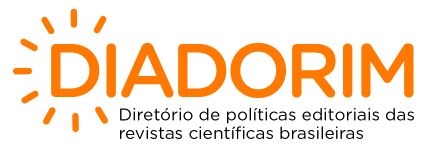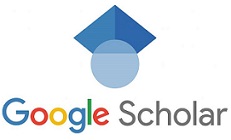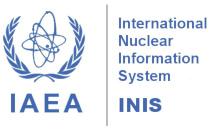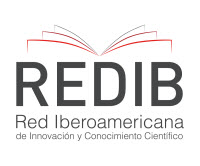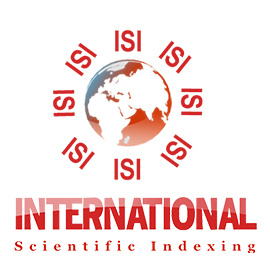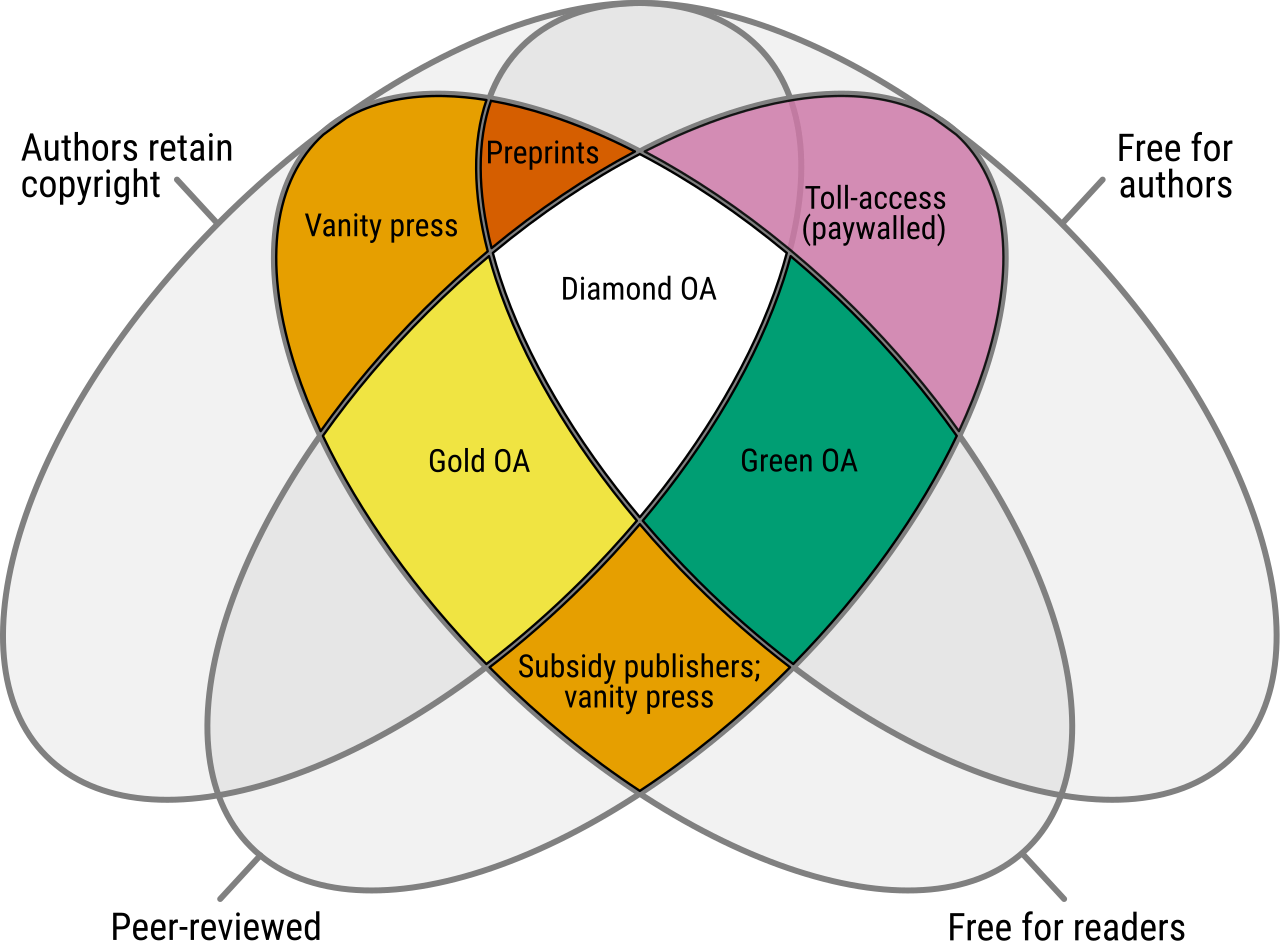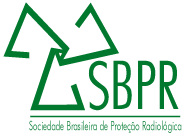O panorama brasileiro para a calibração de microesferas de Y-90
DOI:
https://doi.org/10.15392/2319-0612.2024.2699Palavras-chave:
Microesferas de 90Y, Radioembolização, PadronizaçãoResumo
As abordagens com a terapia combinada estão ganhando popularidade, principalmente a terapia radiofarmacêutica com radioterapia externa, imunoterapia ou ambas. A radioembolização usando microesferas de ítrio-90, SIR-Spheres e TheraSphere tem sido usada clinicamente no tratamento de carcinomas hepáticos localmente avançados e irressecáveis. De acordo com a literatura, a padronização das microesferas ainda não está bem estabelecida. Tendo em vista a prática do 90Y em terapias no Brasil, é fundamental o desenvolvimento de padrões sólidos para sua medição, a fim de verificar a dose de radiação absorvida e sua administração ao paciente. Este trabalho propõe um estudo da infraestrutura de padronização existente para as microesferas de 90Y por meio de uma revisão da literatura e análise dos instrumentos de medição disponíveis no Laboratório Nacional de Metrologia das Radiações Ionizantes, foi feita uma análise geral dos métodos de espectrometria e calibração disponíveis no Brasil, especificamente no LNMRI, avaliando os adequados para uso na padronização das microesferas de ítrio. Os resultados mostraram que, no período de 2000 a 2024, o 90Y foi amplamente citado no tratamento por radioembolização com microesferas, avaliação qualitativa e quantitativa da quantidade de atividade em exames de PET/CT e sua caracterização metrológica envolvendo testes de proficiência, estudo de impurezas, padronização por métodos primários e secundários
Downloads
Referências
[1] GRAVES, A. S.; MARTIN, M.; TIWARI, A.; MERRICK, M.; SUNDERLAND, J. SIR-Spheres Activity Measurements Reveal Systematic Miscalibration. The Journal of Nuclear Medicine, v. 6, n. 8, p. 1131-1135, 2022. DOI: https://doi.org/10.2967/jnumed.121.262650
[2] KURAMOTO, G. B. Compartmental and Dosimetric Studies of Anti-CD20 labelled with 188 Re. IPEN, São Paulo, Brazil, 2016.
[3] CHISTÉ, V.; BÉ, M. M. 90Y -Comments on evaluation of decay data. LNHB, [Publisher Location], 2015.
[4] KAWASHIMA, H. Characteristics of Ibritumomab as Radionuclide Therapy Agent. In: HOSONO, M.; CHATAL, J. F. (Eds.). Resistance to Ibritumomab in Lymphoma. Cham: Springer, 2018. (Resistance to Targeted Anti-Cancer Therapeutics, v. 18). DOI: https://doi.org/10.1007/978-3-319-78238-6_6
[5] BEATTIE, B. J.; KIROV, A. S.; KESNER, A. L. Technical Note: Impact of impurities on Yttrium-90 glass microsphere activity quantitation. Medical Physics, 2023. DOI: https://doi.org/10.1002/mp.16828
[6] BUSSE, N. C.; AL-GHAZI, M. S. A. L.; ABI-JAOUDEH, N.; et al. AAPM Medical Physics Practice Guideline 14.a: Yttrium-90 microsphere radioembolization. Journal of Applied Clinical Medical Physics, v. 25, n. 2, 2024. DOI: https://doi.org/10.1002/acm2.14157
[7] HENRY, E. C.; LOPEZ, B.; MAHVASH, A.; THOMAS, M. A.; KAPPADATH, S. C. Predicting the net administered activity in 90 Y-radioembolization patients from post-procedure 90 Y-SPECT/CT. Medical Physics, v. 50, n. 1, p. 7003-7015, 2023. DOI: https://doi.org/10.1002/mp.16540
[8] NAYDENOV, N.; TEPLOV, A.; ZIRAKCHIAN, M. Z.; et al. Yttrium-90 Activity Quantification in PET/CT-Guided Biopsy Specimens from Colorectal Hepatic Metastases Immediately after Transarterial Radioembolization Using Micro-CT and Autoradiography. Journal of Vascular and Interventional Radiology, v. 34, n. 9, p. 1556-1564, 2023. DOI: https://doi.org/10.1016/j.jvir.2023.05.022
[9] UÑA-GOROSPE, J. A.; BASO-PÉREZ, C.; CÁRDENAS-NEGRO, C.; et al. PET/CT calibration for post-treatment standard body scan acquisition with yttrium-90 resin micro-SPHERES. Revista Española de Medicina Nuclear e Imagen Molecular (English Edition), v. 41, n. 6, p. 368-372, 2022. DOI: https://doi.org/10.1016/j.remnie.2022.09.011
[10] GRYGIER, A.; SKUBACZ, K.; CHAŁUPNIK, S. The correction factors for UD802 dosimeters irradiated with different radiation energies and at different incidence angles. Journal of Radiological Protection, v. 41, n. 3, 2021. DOI: https://doi.org/10.1088/1361-6498/abfbee
[11] EBBERS, S. C.; KUNNEN, B.; VAN NIEROP, B. J.; et al. Verification Study of Residual Activity Measurements After Yttrium-90 Radioembolization with Glass Microspheres. Cardiovascular and Interventional Radiology, v. 43, n. 9, p. 1378-1383, 2020. DOI: https://doi.org/10.1007/s00270-020-02504-7
[12] OSTER, L.; ELIYAHU, I.; HOROWITZ, Y. S.; et al. Demonstration of the potential and difficulties of combined TL and OSL measurements of tld-600 and tld-700 for the determination of the dose components in complex neutron-gamma radiation fields. Radiation Protection Dosimetry, v. 188, n. 3, p. 383-388, 2020. DOI: https://doi.org/10.1093/rpd/ncz297
[13] D'ARIENZO, M.; PIMPINELLA, M.; DE COSTE, V.; et al. Absorbed dose measurements from a 90Y radionuclide liquid solution using LiF: Mg, Cu, P thermoluminescent dosimeters. Physica Medica, v. 69, p. 127-133, 2020. DOI: https://doi.org/10.1016/j.ejmp.2019.11.010
[14] BALAGOPAL, A.; KAPPADATH, S. C. Characterization of 90 Y-SPECT/CT self-calibration approaches on the quantification of voxel-level absorbed doses following 90 Y-microsphere selective internal radiation therapy. Medical Physics, v. 45, n. 2, p. 875-883, 2018. DOI: https://doi.org/10.1002/mp.12695
[15] PAN, J.; EMANUELE, K.; MAHER, E.; et al. Analysis of radioactive strontium-90 in food by Čerenkov liquid scintillation counting. Applied Radiation and Isotopes, v. 126, p. 214-218, 2017. DOI: https://doi.org/10.1016/j.apradiso.2017.01.034
[16] STRYDHORST, J.; CARLIER, T.; DIEUDONNÉ, A.; et al. A gate evaluation of the sources of error in quantitative90 Y PET. Medical Physics, v. 43, n. 10, p. 5320-5329, 2016. DOI: https://doi.org/10.1118/1.4961747
[17] YUE, J.; MAUXION, T.; REYES, D. K.; et al. Comparison of quantitative Y-90 SPECT and non-time-of-flight PET imaging in post-therapy radioembolization of liver cancer. Medical Physics, [Publisher Location], v. 43, n. 10, p. 5779, 2016. DOI: https://doi.org/10.1118/1.4962472
[18] ATTARWALA, A. A.; MOLINA-DURAN, F.; BÜSING, K. A.; et al. Quantitative and qualitative assessment of Yttrium-90 PET/CT imaging. PLoS One, v. 9, n. 11, 2014. DOI: https://doi.org/10.1371/journal.pone.0110401
[19] DZIEL, T.; LISTKOWSKA, A.; TYMIŃSKI, Z. Proficiency test of ⁹⁰Y and ⁸⁹Sr activity measurements in Polish hospitals. Applied Radiation and Isotopes, v. 8, p. 24-26, 2014. DOI: https://doi.org/10.1016/j.apradiso.2013.11.055
[20] GOEDICKE, A.; BERKER, Y.; VERBURG, F. A.; et al. Study-parameter impact in quantitative 90-Yttrium PET imaging for radioembolization treatment monitoring and dosimetry. IEEE Transactions on Medical Imaging, v. 32, n. 3, p. 485-492, 2013. DOI: https://doi.org/10.1109/TMI.2012.2221135
[21] PEITL, P. K.; TOMSE, P.; KROŠELJ, M.; et al. Influence of radiation source geometry on determination of (111)In and (90)Y activity of radiopharmaceuticals. Nuclear Medicine Communications, v. 30, n. 10, p. 807-814, 2009. DOI: https://doi.org/10.1097/MNM.0b013e32832fd0ea
[22] BADIAVAS, K.; CHATZOPOULOS, D.; MARKOU, P. Radiation doses from patients undergoing yttrium-90 silicate knee radiosynovectomy. Hellenic Journal of Nuclear Medicine, v. 9, n. 1, p. 65-68, 2006.
[23] L'ANNUNZIATA, M. F.; PASSO, C. J. Jr. Cherenkov counting of yttrium-90 in the dry state; correlations with phosphorus-32 Cherenkov counting data. Applied Radiation and Isotopes, v. 56, n. 6, p. 907-916, 2002. DOI: https://doi.org/10.1016/S0969-8043(01)00276-7
[24] MÜCK, K.; SCHMIDT, W.; WEXBERG, P.; et al. Design and dosimetry of a novel 90Y beta source to prevent restenosis after angioplasty. International Journal of Radiation Oncology, Biology, Physics, v. 46, n. 1, p. 249-255, 2000. DOI: https://doi.org/10.1016/S0360-3016(99)00350-8
Downloads
Publicado
Edição
Seção
Categorias
Licença
Direitos autorais (c) 2025 Thamyra Cybelle Vieira dos Santos, Ms Dayana Azeredo da Conceição, Dr José Ubiratan Delgado

Este trabalho está licenciado sob uma licença Creative Commons Attribution 4.0 International License.
Declaro que o presente artigo é original, não tendo sido submetido à publicação em qualquer outro periódico nacional ou internacional, quer seja em parte ou em sua totalidade. Declaro, ainda, que uma vez publicado na revista Brazilian Journal of Radiation Sciences, editada pela Sociedade Brasileira de Proteção Radiológica, o mesmo jamais será submetido por mim ou por qualquer um dos demais co-autores a qualquer outro periódico. Através deste instrumento, em meu nome e em nome dos demais co-autores, porventura existentes, cedo os direitos autorais do referido artigo à Sociedade Brasileira de Proteção Radiológica, que está autorizada a publicá-lo em meio impresso, digital, ou outro existente, sem retribuição financeira para os autores.
Licença
Os artigos do BJRS são licenciados sob uma Creative Commons Atribuição 4.0 Licença Internacional, que permite o uso, compartilhamento, adaptação, distribuição e reprodução em qualquer meio ou formato, desde que você dê o devido crédito ao (s) autor (es) original (is) e à fonte, forneça um link para a licença Creative Commons, e indique se mudanças foram feitas. As imagens ou outro material de terceiros neste artigo estão incluídos na licença Creative Commons do artigo, a menos que indicado de outra forma em uma linha de crédito para o material. Se o material não estiver incluído no licença Creative Commons do artigo e seu uso pretendido não é permitido por regulamentação legal ou excede o uso permitido, você precisará obter permissão diretamente do detentor dos direitos autorais. Para visualizar uma cópia desta licença, visite http://creativecommons.org/licenses/by/4.0/




